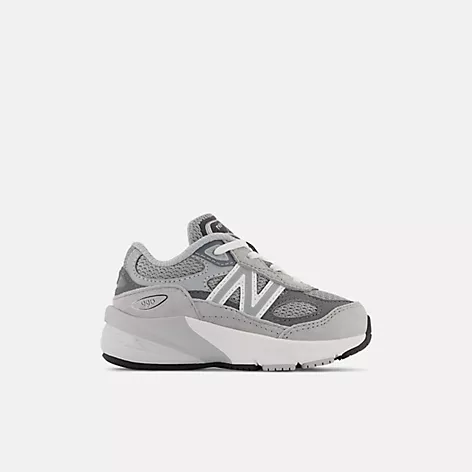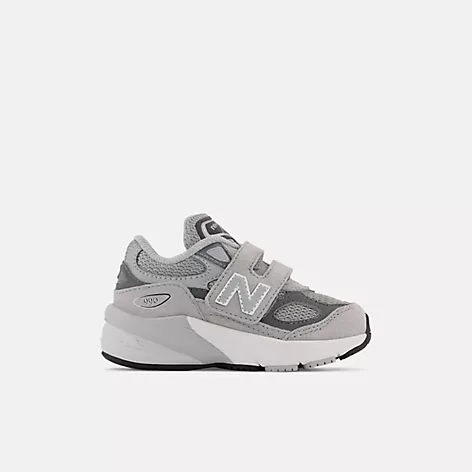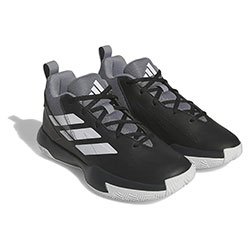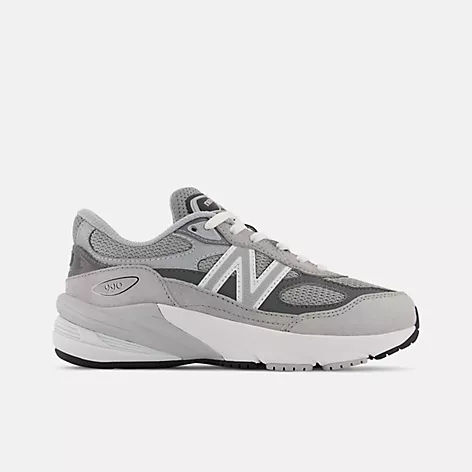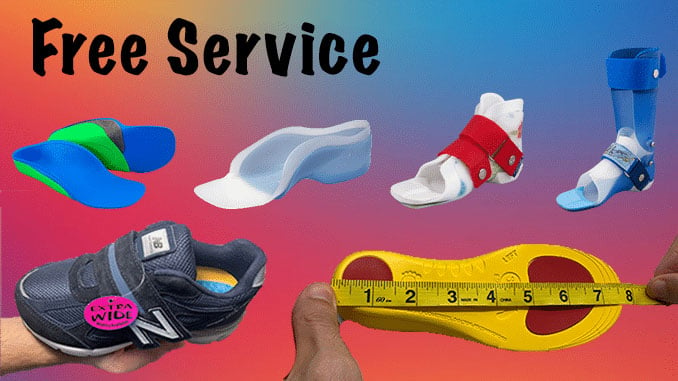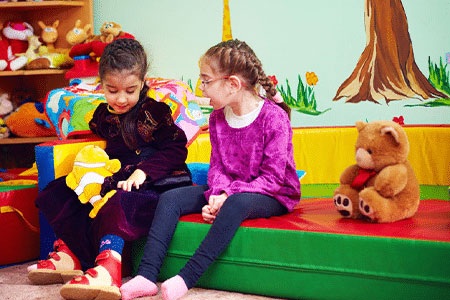Kids’ Shoes for PattiBob Orthotics – Supportive, Extra Deep, Round Toe-Boxes, and Removable Insoles
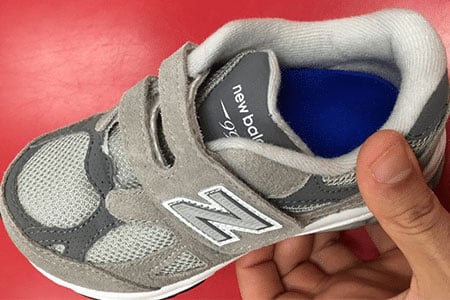
The key focus of PattiBob orthotics is to improve your child’s foot posture and walking gait by stabilizing your child’s feet and ankles. These orthotics can also help prevent foot and leg pain, and allow your child to perform his or her daily activities without discomfort. It’s not just about the orthotic itself, though. The shoes that you choose for these supportive inserts play an equally important part in ensuring your child gets the full benefits that the orthotics have to offer. I am going to show you which shoes provide enough room to accommodate the orthotic without cramping your child’s feet, and enough structure to ensure that the orthotic’s corrective features are effectively applied.
Why So Many Medical Professionals Recommend PattiBob Orthotics?
PattiBob Cascade orthotics are specifically designed for children with foot conditions such as flat feet, in-toeing, and overpronation. The features that set these orthotics apart include a contoured footbed to align the foot, a firm heel cup for stability, and sufficient arch support to distribute weight evenly.
Don’t Make This Common Mistake and Get Your Child Supportive Shoes that FIT
One common mistake families make is to not put a lot of thought in their kids’ shoes, assuming that the orthotics will do all of the work. Just sliding a pair of PattiBob orthotics into your kids’ shoes without making sure the shoes are supportive and can accommodate the orthotic properly can cause more harm than good.
These Are 5 Essential Features Your Kids’ Shoes Must Provide
✔️ Check the toe-box: Shoes with a spacious toe box (round) can house the orthotic without cramping your child’s toes, which can lead to discomfort or even injury. Look for shoes with a round and tall toe box that provides plenty of room.
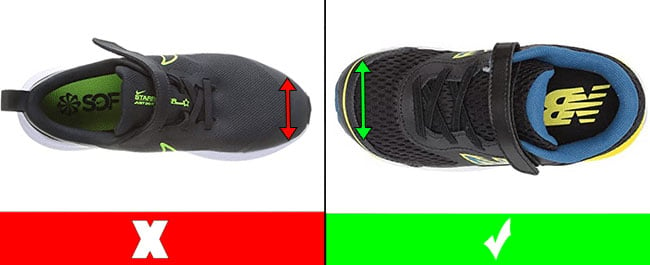
This feature is also going to help prevent the front part of the orthotic from destroying the front part of the shoes. Below you can find an example of a pair of PattiBob orthotics that were fitted in the wrong pair of shoes (Nike). Do you notice how the orthotic is pushing against the side part of the shoe?
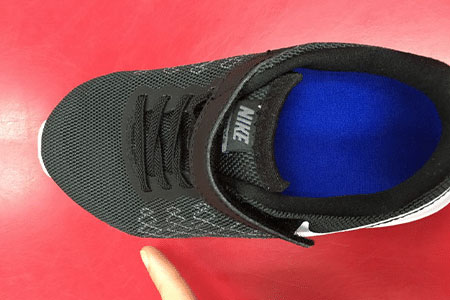
✔️ Extra depth: This feature is going to allow the PattiBob orthotic to sit deeply inside the shoes. Shoes with extra depth can accommodate the additional volume orthotics have and increase comfort by allowing your child’s feet to sit deeply inside the shoes.
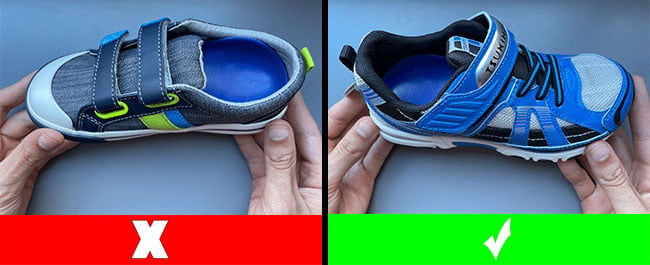
✔️ Stable base of support and firm heel counters: Adequate cushioning in the right areas can prevent discomfort and aid in the proper functioning of the orthotic. A sturdy heel counter and a firm but flexible midsole provide the necessary support for children’s growing feet.

✔️ Removable insoles: This is a non-negotiable feature that will allow you to replace the original insole with the PattiBob orthotic, ensuring it sits deeply within the shoe. This feature is a key indicator of an orthotic-friendly shoe.

✔️ Durable and breathable materials: In terms of materials and construction, look for durable, breathable fabrics that offer stretch and resistance to wear. The stitching should be strong, especially around the toe-box, ensuring the shoe holds up over time.
These Are My Specific Shoe Recommendations
Take a look at the description below each shoe style that I recommend to find out important information such as the type of closure and the materials the shoes are made of. Disclosure: Some links in this post may be affiliate links and we may receive a small commission (at no extra cost to you) when you click our links and make purchases.
Toddler Shoe Sizes (0 to 10)
- Shoe style 990v6 by New Balance
- Available in medium, wide, and extra wide widths
- Lace-up closure
- Strong rubber outsole and cushioned midsoles
- Suede/mesh upper provides durability and breathability
- Order this shoe half a size larger than the end of your child’s orthotic footplate
- The New Balance shoe style 990V6 is available for toddlers, little, and big kids
- Available in laces and velcro
- Fits children with medium, wide, or extra wide feet
- Synthetic/mesh upper provides durability and breathability
- Order this shoe half a size larger than the end of your child’s orthotic footplate
- Shoe style SRT Elliot by Stride Rite
- Available in medium, wide, and extra wide widths
- Lace-up closure
- Strong rubber outsole and a cushioned midsole
- 100% leather made
- Order this shoe a whole size larger than the end of your child’s orthotic footplate
- Shoe style SRT Emilia by Stride Rite
- Available in medium, wide, and extra wide widths
- Lace-up closure
- Strong rubber outsole and a cushioned midsole
- 100% leather made
- Order this shoe a whole size larger than the end of your child’s orthotic footplate
- Shoe style Gabi by Memo
- Fits medium and wide feet
- Double velcro straps
- Genuine leather and breathable mesh
- Thermoplastic asymmetric stiff heel counter for proper feet protection and stabilization
- Stiff and high ankle support
- Order this shoe half a size larger than the end of your child’s orthotic footplate
- Shoe style Gabi by Memo
- Fits medium and wide feet
- Double velcro straps
- Genuine leather and breathable mesh
- Thermoplastic asymmetric stiff heel counter for proper feet protection and stabilization
- Stiff and high ankle support
- Order this shoe half a size larger than the end of your child’s orthotic footplate
- Shoe style Mary Jane by Memo
- Fits medium and wide feet
- Double velcro straps
- This is an ORTHOPEDIC shoe
- Extra depth and width for orthotics
- Rigid heel counter
- Order this shoe half a size larger than the end of your child’s orthotic footplate
- Shoe style 2002 by New Balance
- Available in medium and wide widths
- Lace-up closure
- Strong rubber outsole and a cushioned midsole
- Suede/mesh upper provides durability and breathability
- Order this shoe half a size larger than the end of your child’s orthotic footplate
- Shoe style M2P Journey 3.0 by Stride Rite
- Available in extra wide widths
- Oversized opening for easy on and off
- Breathable textile lining is effective in protecting your child’s feet from micro-organisms
- Hook and loop closure
- Order this shoe a half size larger than your toddler’s current foot size
- Shoe style M2P Journey 2 by Stride Rite
- Available in extra wide widths (accommodates high insteps)
- Oversized opening for easy on and off
- Breathable textile lining is effective in protecting your child’s feet from micro-organisms
- Hook and loop closure
- Order this shoe a whole size larger than your toddler’s current foot size
- Shoe style 990V6 by New Balance
- Available in medium, wide, and extra wide widths
- Velcro closure
- Strong rubber outsole and cushioned midsoles
- Suede/mesh upper provides durability and breathability
- Order this shoe half a size larger than the end of your child’s orthotic footplate
Little and Big Kid Shoe Sizes (10.5 to 7)
- Shoe style 990v6 by New Balance
- Available in medium, wide, and extra wide widths
- Velcro closure
- Strong rubber outsole and cushioned midsoles
- Suede/mesh upper provides durability and breathability
- Order this shoe half a size larger than the end of your child’s orthotic footplate
- The New Balance shoe style Fresh Foam Arishi v4 is available for little and big kids
- Fits children with medium, wide, or extra wide feet
- Velcro closure
- ABZORB midsole absorbs impact through a combination of cushioning and compression resistance
- Mesh upper material features no-sew overlays for a sleek fit and feel
- Order this shoe half a size larger than the end of your child’s orthotic footplate
- The New Balance shoe style Fresh Foam 650 is available for little and big kids
- Fits children with medium, wide, or extra wide feet
- Velcro closure
- ABZORB midsole absorbs impact through a combination of cushioning and compression resistance
- Mesh upper material features no-sew overlays for a sleek fit and feel
- Order this shoe half a size larger than the end of your child’s orthotic footplate
- The New Balance shoe style Fresh Foam 650 is available for little and big kids
- Fits children with medium, wide, or extra wide feet
- Velcro closure
- Synthetic and engineered mesh upper
- Fresh Foam midsole cushioning is precision engineered to deliver an ultra-cushioned, lightweight ride
- Order this shoe a half size larger than your child’s current foot size
- Shoe style Ankle Support by Memo
- Fits medium and wide feet
- This is an ORTHOPEDIC shoe
- Extra depth to accommodate orthotics, AFOS, and internal modifications
- Triple velcro straps
- Thermoplastic rigid heel counter
- Order this shoe half a size larger than the end of your child’s orthotic footplate
- Shoe style Chicago Corrective by Memo
- Fits medium and wide feet
- This is an ORTHOPEDIC shoe
- Extra depth to accommodate orthotics, AFOS, and internal modifications
- Triple velcro straps
- Thermoplastic rigid heel counter
- Order this shoe half a size larger than the end of your child’s orthotic footplate
- Shoe style M2P Journey 3.0 by Stride Rite
- Available in extra wide widths (accommodates high insteps)
- Oversized opening for easy on and off
- Breathable textile lining is effective in protecting your child’s feet from micro-organisms
- Hook and loop closure
- Order this shoe a half size larger than your toddler’s current foot size
- Shoe style M2P Journey 3.0 by Stride Rite
- Available in extra wide widths
- Oversized opening for easy on and off
- Breathable textile lining is effective in protecting your child’s feet from micro-organisms
- Hook and loop closure
- Order this shoe a half size larger than your toddler’s current foot size
- Shoe style Cross Em Up 5 by Adidas
- Available in medium and wide widths
- Extra padding around the ankles
- Lace-up closure
- Rubber outsole provides excellent grip
- Order this shoe a whole size larger than the end of your child’s orthotic footplate
- The Adidas shoe style Cross Em Up Select is available for little kids
- Lace-up closure
- Fits children with medium or wide feet
- Non-marking outsole
- Order this shoe a whole larger than your child’s current foot size
- Shoe style Rave Run V2 by New Balance
- Available in medium, wide, and extra wide widths
- Lace-up closure
- Dual-layer midsole construction featuring top-bed foam cushioning and underfoot Fresh Foam X
- Order this shoe a whole size larger than the end of your child’s orthotic footplate
- Shoe style Rave Run V2 by New Balance
- Available in medium, wide, and extra wide widths
- Lace-up closure
- Strong rubber outsole and cushioned midsoles
- Order this shoe a whole size larger than the end of your child’s orthotic footplate
- The New Balance shoe style Fresh Foam X 1080v13 is available for big kids
- Lace-up closure
- Fits children with medium or wide feet
- Suede and mesh upper
- Order this shoe a whole size larger than the end of your child’s orthotic footplate
- The New Balance shoe style Fresh Foam X 1080v13 is available for big kids
- Lace-up closure
- Fits children with medium or wide feet
- Suede and mesh upper
- Order this shoe a whole size larger than the end of your child’s orthotic footplate
- Shoe style 2002 by New Balance
- Available in medium and wide widths
- Lace-up closure
- ABZORB midsole absorbs impact through a combination of cushioning and compression resistance
- Durable leather upper
- Stability Web outsole technology provides added arch support
- Order this shoe a half size larger than the end of your child’s orthotic footplate
- Shoe style 650v1 by New Balance
- Available in medium, wide, and extra wide widths
- Lace-up closure
- Fresh Foam midsole cushioning is precision engineered to deliver an ultra-cushioned, lightweight ride
- Order this shoe a whole size larger than the end of your child’s orthotic footplate
- Shoe style 990V6 by New Balance
- Available in medium, wide, and extra wide widths
- Lace-up closure
- Strong rubber outsole and cushioned midsoles
- Suede/mesh upper provides durability and breathability
- Order this shoe a half size larger than the end of your child’s orthotic footplate
Laces or Velcro Closure?
When considering the type of closure, I either suggest laces or velcro closure, but I do have a strong preference for laces. Shoes with laces can be adjusted for a personalized fit, which is especially helpful when accommodating orthotics. In fact, I came up with a specific shoe lacing technique for kids who wear orthotics to secure your child’s feet and prevent the orthotics from moving inside the shoes.
Velcro closures make it easy for kids to manage their shoes independently, promoting a sense of autonomy. If you rather get a pair of shoes with velcro I suggest getting a pair that has double velcro straps instead of single ones. Slip-on shoe designs should not be worn with orthotics.
Ensuring a Perfect Fit: How to Fit PattiBob Orthotics Inside Your Kids’ Shoes
1️⃣ Start by removing the existing insoles before placing the PattiBob orthotics inside the shoe. This creates room and enables a more accurate fit. It’s a simple but often overlooked step.
2️⃣ Observe the heel cup of the orthotic as you slide it in. It should sit flush against the back of the shoe. If there’s a gap or the orthotic buckles, the fit isn’t right.
3️⃣ Press down on the orthotics once they are inside the shoes; your fingers should glide smoothly over the top without any pinching or excessive movement.
Before putting the shoes on your child, have them step on the orthotics outside the shoes. This way, you can check that the arch support aligns with the foot correctly. You will also be able to visualize whether there is too much extra space between your child’s longest toe and the end of the orthotics.
After following these 3 steps, let your child wear the shoes with the orthotics around the house. Keep an eye out for signs of discomfort or ill fit, such as red marks, complaints, or an unusual walking pattern.
Is Your Child Refusing to Wear the Orthotics?
Signs that suggest a different orthotic might be necessary include persistent discomfort despite correct fitting, skin irritation, or a child’s refusal to wear the orthotics due to heaviness or bulkiness. Never ignore these signs; your child’s comfort and foot health are paramount.
Are You Unsure Whether PattiBob Orthotics Are the Best Choice for Your Child?
While PattiBob Cascade orthotics are a strong solution for many children, there’s no one-size-fits-all in foot care. I have noticed that certain shoes and orthotics that worked really well for some children, did not work as well for others.
Some orthotics offer lighter materials, others focus on more breathable designs, and some provide greater flexibility. You should look into the Chipmunks orthotics by Cascade, as that specific style balances support and comfort.
Please consult with your pediatric podiatrist or orthotist before making a switch, as these professionals assess your child’s unique foot structure, gait, and specific concerns to determine the best orthotic solution.
Ultimately, children with foot conditions need supportive shoes, especially when using orthotics. The right pair can enhance the orthotic’s effectiveness, ensuring comfort and proper foot alignment. Please let me know if you have any questions or concerns in the comments section below or you can also contact me via email.

